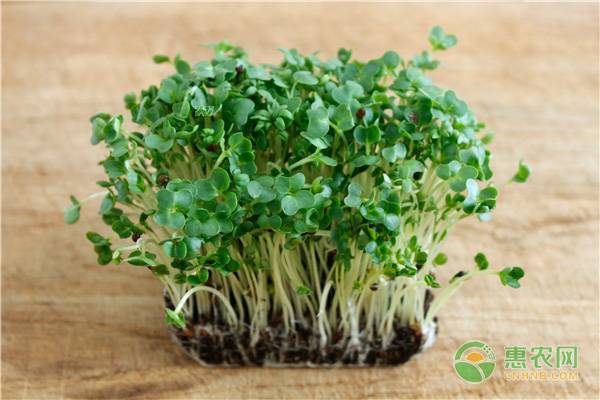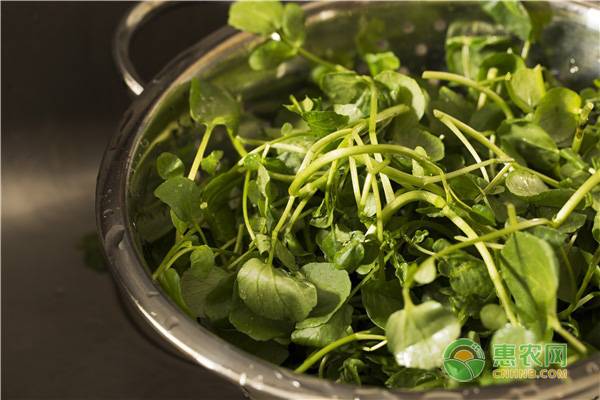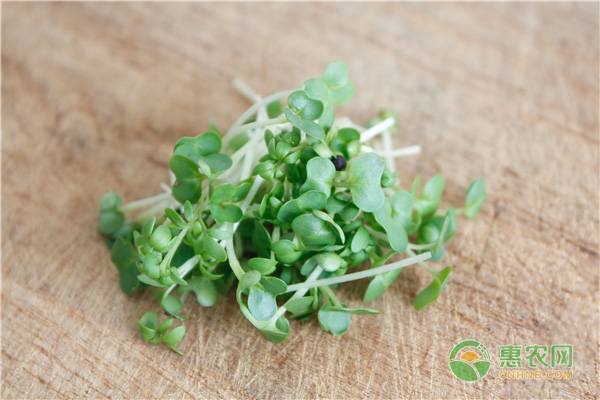What environmental conditions do you need for a variety of watercress? How many varieties?
Watercress is also called watercress. It is a rare dish. It is very special to eat. It also has the effect of clearing away heat and moistening the lungs. If you don't understand that some planting techniques will affect the effect of planting, the yield will be lower, so the small series will give Everyone talks about the environmental conditions suitable for growing watercress, the number of varieties. First, the environmental conditions required for the watercress: 1, temperature The watercress is cold and cold, afraid of heat, strong cold resistance, and can endure short-term frost. The growth temperature is 15-25 °C, 20 °C is the best, and the growth is slower than 15 °C. When the temperature exceeds 25 °C, the growth is fast, but the plants are thin, the leaves are yellow, and many adventitious roots grow and the quality changes. difference. 2, lighting The watercress requires strong light. It is best to have 7-8 hours of light per day. Even in rainy days, the plants are shaded. When the light is insufficient, the main stem is long, the leaves are thin, yellow, and the quality is degraded. 3, moisture The watercress is moist and can be planted in the ditch or hydroponically. However, in summer, high temperatures and ventilating are prone to rot. 4. Soil Watercress has wide adaptability to soil, and can be cultivated in loam, sandy loam and clay, but it is best cultivated with fertile neutral or slightly alkaline clay loam or loam. It is suitable for paddy field cultivation, but it can also be cultivated in dry land, but it is necessary to keep the soil moist. 5, nutrition The amount of fertilizer required is large, and nitrogen, phosphorus, potassium and trace elements are used in combination. The nitrogen, phosphorus and potassium absorption ratio is 1:0.4:0.9. If the nitrogen fertilizer is too much, it will easily lead to poor quality and easy infection. Second, what are the varieties of watercress? Watercress is mainly divided into two varieties, Guangzhou and Baise. 1, Guangzhou species The varieties originally introduced by Macao have performed well for many years, and have a delicious taste and good taste. The plants are clustered upwards, the stems are 30-40 cm high, and the stems are 6-8 cm thick. The lateral stems are separated from the base leafhoppers. The leaves are odd-pinnate compound leaves, and the lobes 1 to 4 are nearly circular, bean-like, dark green, and turn to brown-red and slightly pungent when encountering low temperature. Each stem can produce new roots, which are soft and brittle when young, and increase in fiber during aging. 2, Baise species It has also become a Baise bean dish, a local variety in Baise City, Guangxi, and cultivated in Guangxi and Guangdong's Zhanjiang and other places. Originally introduced in Europe, it can be planted in paddy fields and grown in common vegetable fields after long-term planting to become an excellent variety adapted to local cultivation conditions. Its characteristic characteristics are similar to those of Guangzhou, and the difference is that it can be flowered and sturdy every year, and can be propagated by seedling or cutting seedlings. The variety has wide adaptability, the stems and leaves are crisp, the fiber is small, the taste is good, but the yield is low, and the output per mu is about 3,000 kg. For the wonderful pictures and hot comments about the environmental conditions of the watercress, you may be interested in the following recommended contents. Welcome to read. COVID-19 Antigen Rapid Test-nasal Swab Covid-19 Antigen Rapid Test-Nasal Swab,Covid-19 Antigen Rapid Test With Swab,Covid 19 Antigen Pre-Nasal Test Cassette,Medical Detection Covid-19 Rapid Test Kit Weihai Kangzhou Biotechnology Engineering Co.,Ltd , https://www.weihaikangzhou.com

